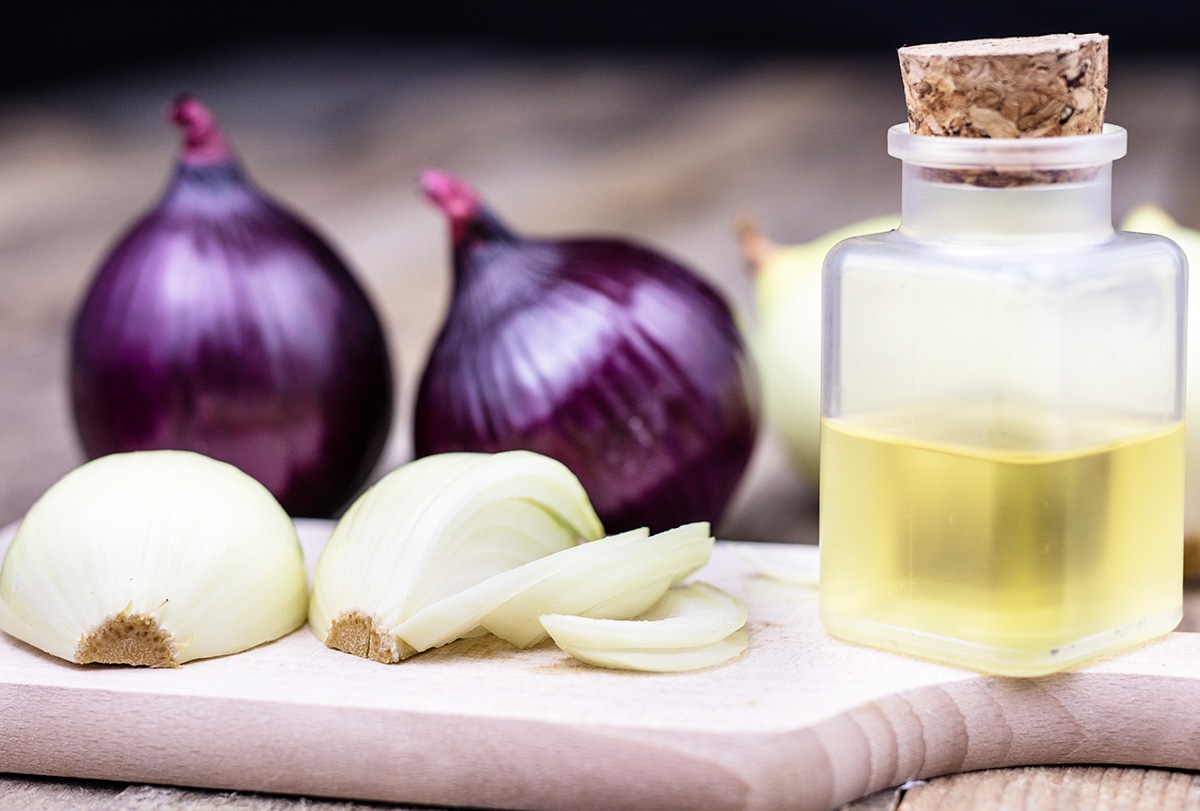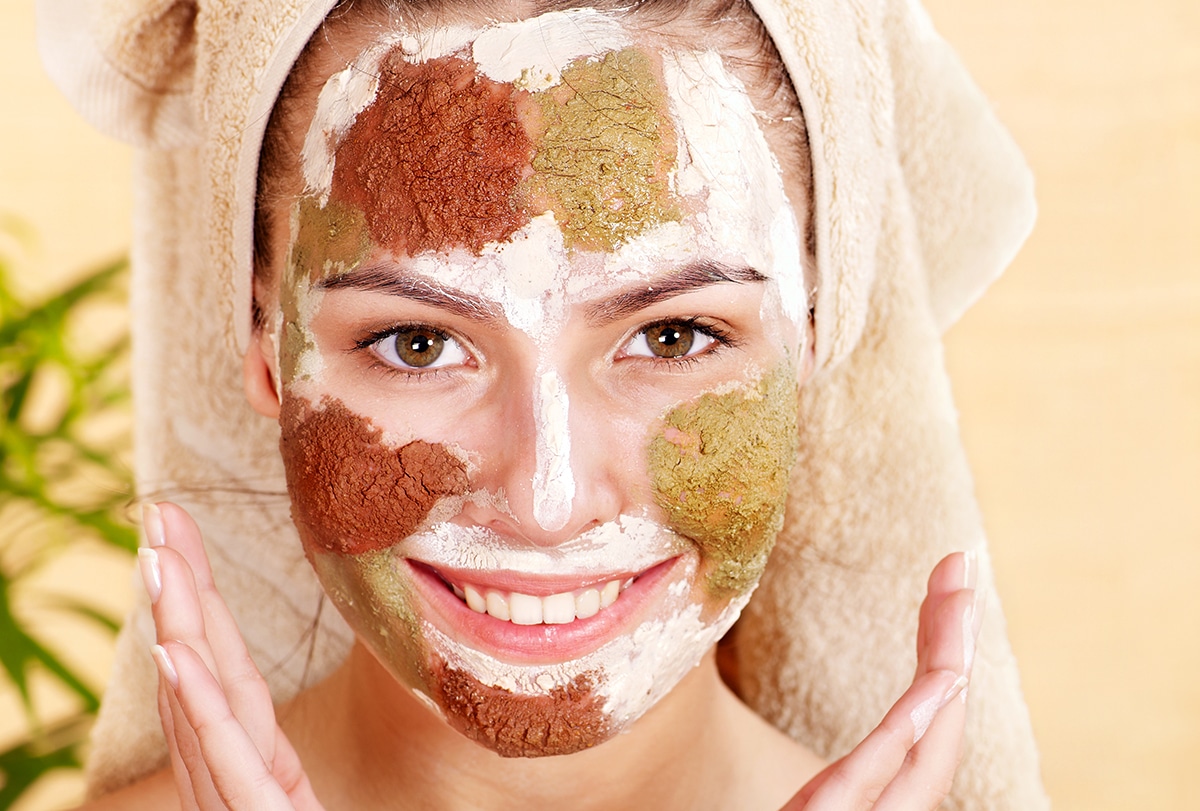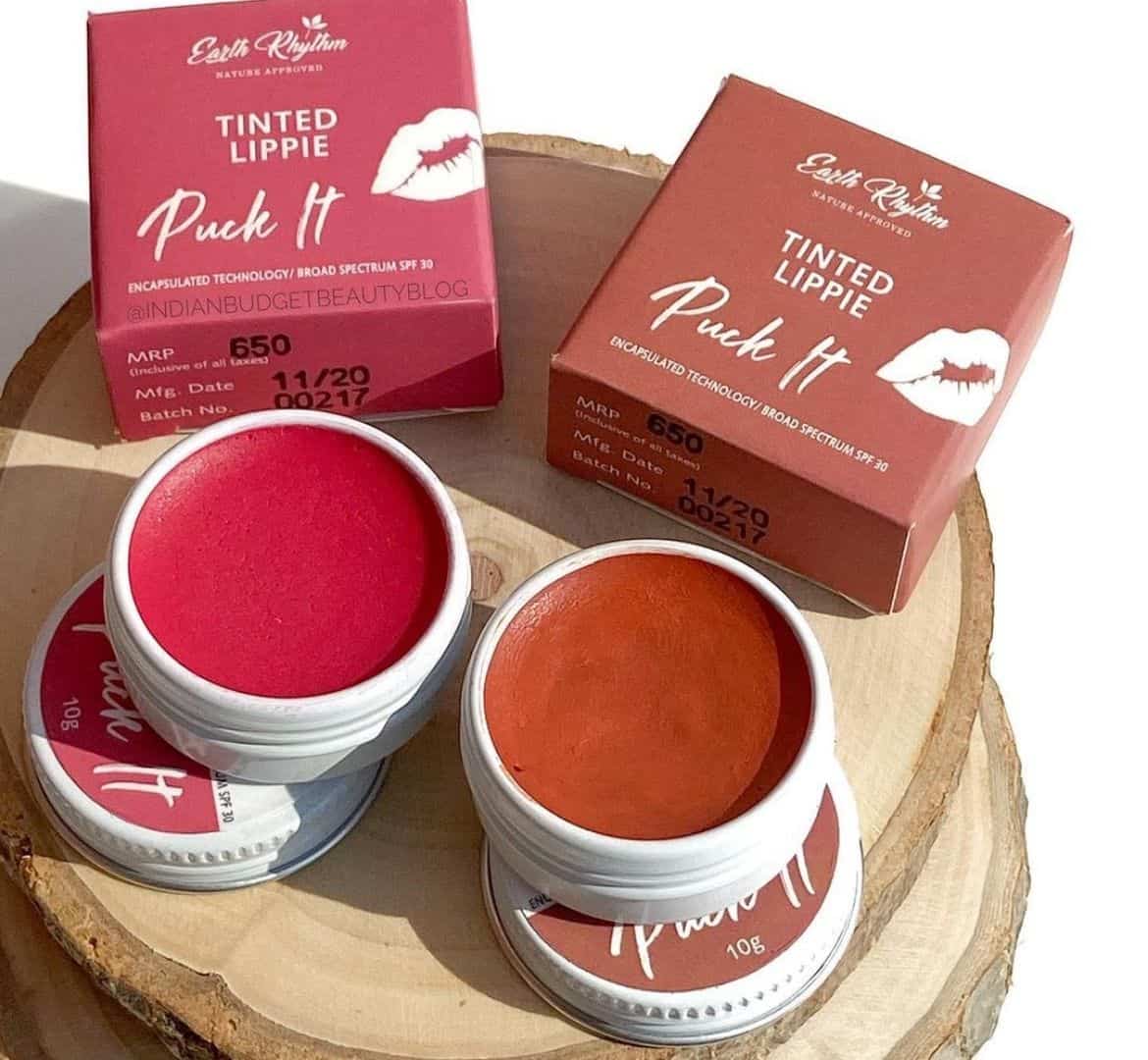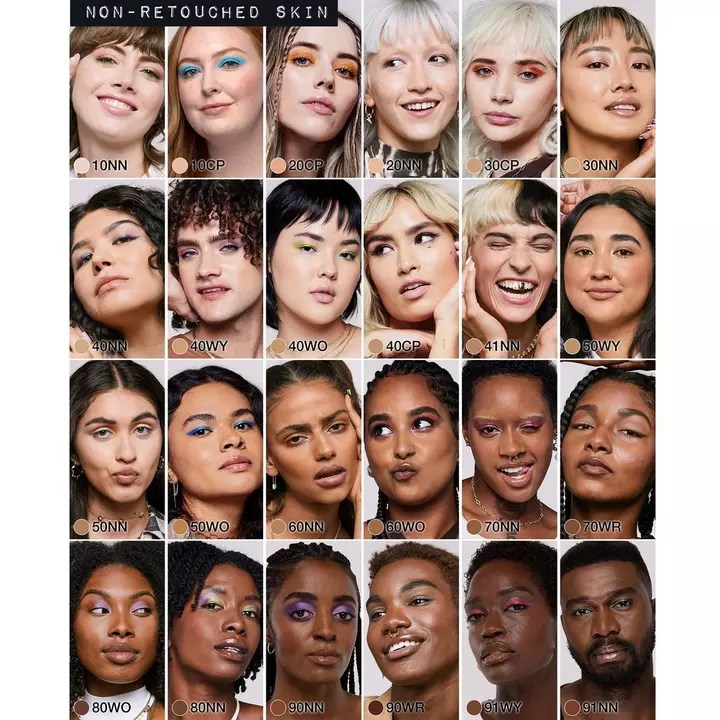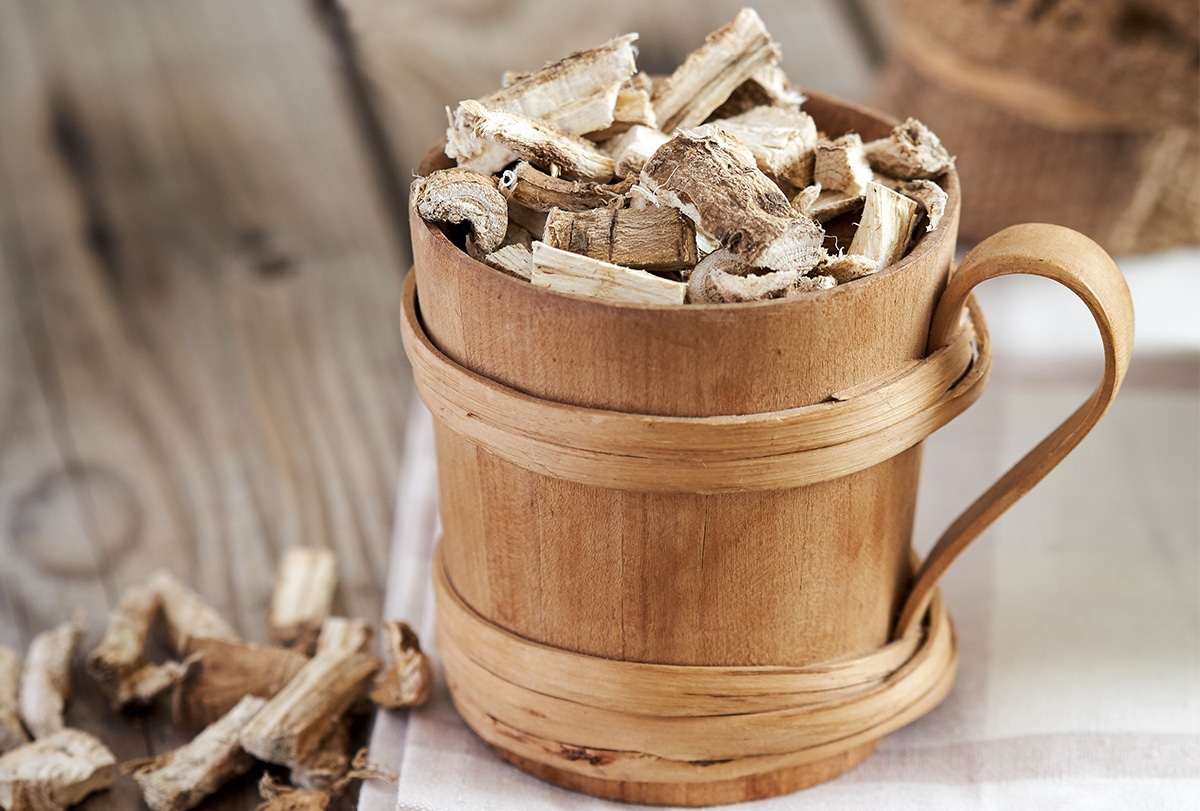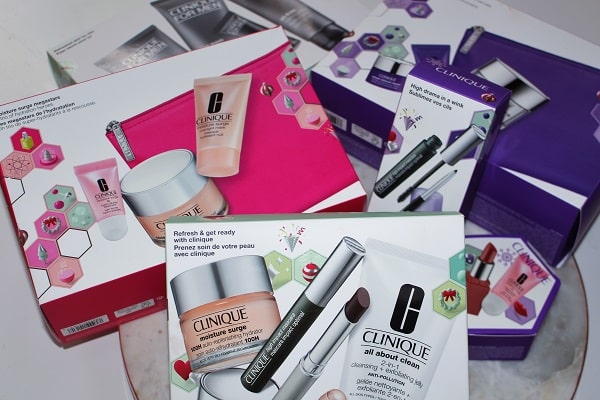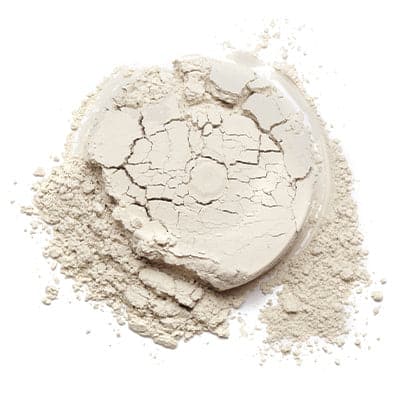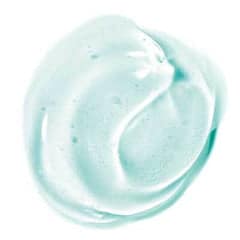Niacinamide and glycolic acid (GA) are active ingredients that are widely used in dermatological products for addressing various skin concerns. Each of them works differently on the skin and has its own benefits and side effects.
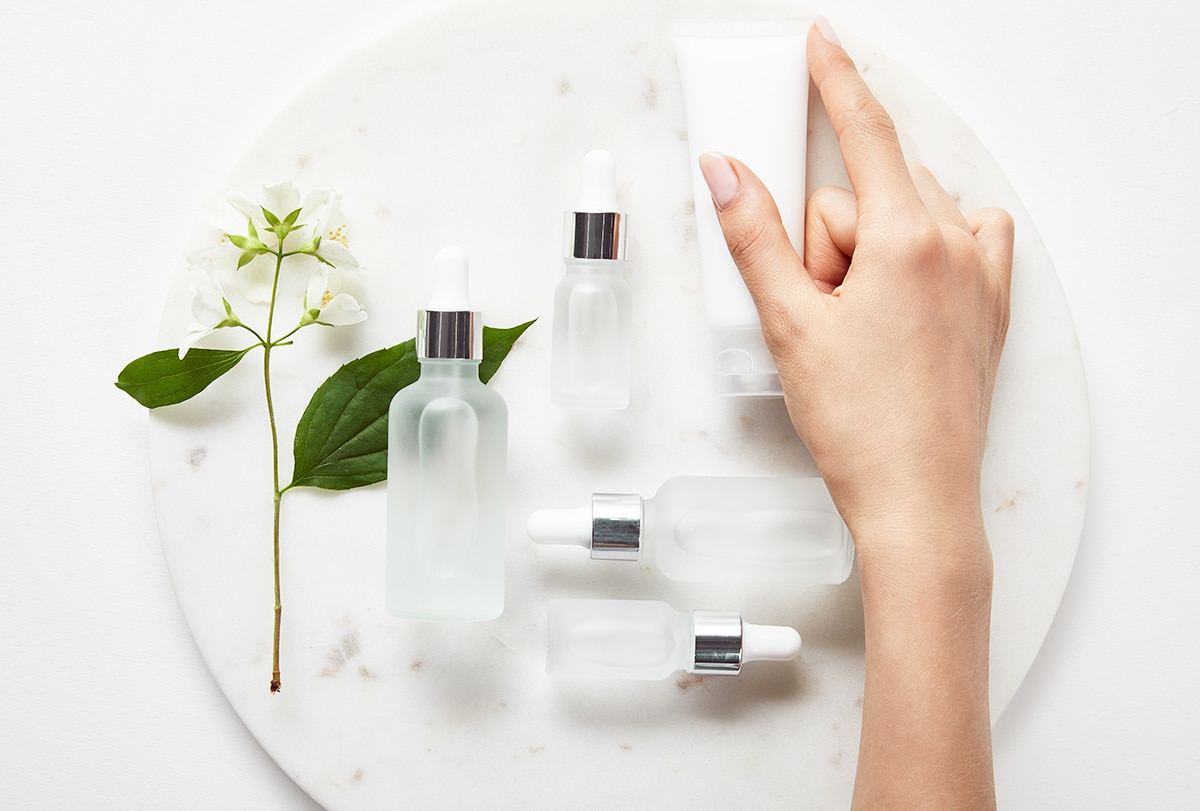
While most of the research has concentrated on studying the individual properties of these compounds, this article will discuss the prospects of combining them. The idea is that pairing niacinamide with GA can offer you the skin benefits of both, provided they don’t react negatively to each other.
Can Niacinamide and Glycolic Acid Be Used Together?
No, it is not advisable to mix niacinamide with GA because of the stark difference in their pH levels. Niacinamide is alkaline, whereas GA is acidic. Thus, one will neutralize the other, which will reduce the potency of both ingredients.
You can either use them separately or one after the other, and there is a correct way of doing it as well. GA products should always precede niacinamide and there should be a gap between their applications.
How to Use Niacinamide and Glycolic Acid on the Skin Together
Applying niacinamide and GA at the same time will deplete their beneficial effects. But that doesn’t mean you can’t use them. You still could use them one after the other.
1. Glycolic acid facewash/toner with niacinamide

You can use GA-based facewashes and toners for deep cleansing and mild exfoliation, but only on alternate days as daily application can irritate or dry out your skin.
- Wash your face and neck with a GA cleanser or wipe them with a GA toner.
- Wait for a few minutes after using these GA products.
- Apply a niacinamide serum. A concentration of 10% niacinamide is considered safe for all skin types, including sensitive skin.
- Apply your regular moisturizer.
Note: Since niacinamide is water based, it may not be able to penetrate the skin if you apply it over an oil-based product. So, always use niacinamide before your moisturizer or any other oily formulation.
2. Glycolic acid serum or peel with niacinamide
A GA serum or peel will contain a higher concentration of GA (2–3%) and therefore should be used more sparingly. Experts recommend limiting this exfoliating ritual to twice a week.
Moreover, since GA peels can render your skin more vulnerable to sun damage, so it’s best to use them at night and avoid sun exposure for a few days thereafter. If you do go out, always wear proper sun protection.
- Wash your face and neck and wait for your skin to dry.
- Apply a few drops of the peeling solution or serum to the cleansed area.
- Wait for 2–3 minutes so that it gets properly absorbed. Your skin will most probably tingle and start turning red.
- Your skin will become evenly red over the waiting period, which is your cue to wash off the product.
- Wait for a few minutes before applying a niacinamide serum.
- Apply your regular moisturizer.
Niacinamide Benefits for Skin
Niacinamide is a natural derivative of vitamin B3, which is credited with the following skin benefits:
- Reduces dullness: Niacinamide can help renew skin cells and help your skin come back to life rather than looking pale and yellow.
- Fights free radicals: Niacinamide is an antioxidant that eliminates free radicals, which are unstable molecules that attack healthy skin cells and break down collagen, causing dullness, hyperpigmentation, inflammation, and premature skin aging.
- Calms the skin: A strong antioxidant, niacinamide exhibits anti-inflammatory properties that help soothe skin irritation caused by acne, allergies, and other inflammatory conditions such as acne vulgaris, rosacea, melasma, and atopic dermatitis, among others. (1)
- Keeps skin supple and young: Niacinamide helps increase collagen formation, which adds more volume to the skin, thus keeping it firm and elastic. Collagen is the main structural protein used for building skin fibers. But there is a gradual decline in the body’s ability to produce collagen after a certain age. Collagen loss at the hands of free radicals and other factors can make your skin saggy, leading to the premature occurrence of wrinkles and fine lines. Niacinamide helps fight against this and stimulate collagen synthesis so that the skin can constantly renew itself for a youthful appearance.
- Improves skin hydration: Niacinamide helps strengthen the skin barrier so that it doesn’t lose moisture easily. Properly hydrated skin is more elastic and less vulnerable to external irritants, including solar radiation, pollutants, and heat.
- Gently exfoliates the skin: Niacinamide helps increase skin cell turnover to speed up the skin regeneration process. Thus, the new cells rise to the surface to replace the old damaged ones that get shed in the environment. This skin resurfacing helps reveal a brighter and more even complexion. (2)
- Reduces skin oiliness: Niacinamide helps control excess sebum production to prevent skin oiliness. Oily skin is a breeding ground for acne-causing bacteria. So, by keeping your skin matte, niacinamide also helps reduce acne breakouts.
- Reduces pore size
Side Effects of Niacinamide on Skin
Niacinamide can lead to the following side effects if you apply copious amounts or use it at a high concentration:
Glycolic Acid Benefits for Skin
Glycolic acid (GA) belongs to a class of water-soluble plant acids called alpha-hydroxy acids. GA is derived from sugarcane, has a simple composition and mechanism, and is rather inexpensive. (3) It is often used in skin peeling formulations and antiaging creams.
Here are some ways in which GA can improve your skin:
- Fights free radical-induced skin damage: GA exhibits antioxidant properties that help neutralize the skin-damaging effects of free radicals. Free radicals destroy collagen, making your skin age before its time while also causing dullness and hyperpigmentation. Plus, these unstable molecules attack skin cells to induce inflammation, which can lead to lesions and hyperpigmentation in the affected area, as seen in the case of acne, scarring, comedones, papules, and pustules. The antioxidant nature of GA gives it strong anti-inflammatory properties that can help reduce skin inflammation and its unwanted symptoms.
- Accelerates skin regeneration: GA is a keratolytic compound, which means it has the ability to soften keratin, a major structural protein found in skin cells. GA is readily absorbed by the skin to dissolve the bonds between epidermal cells, including the dead skin cells settled on the top. The loosened cells shed easily into the environment, and gradually the whole outer layer of skin peels off to reveal newly formed healthy skin from underneath. Thus, GA works as a gentle exfoliating agent that promotes faster skin shedding and thereby speedy skin renewal. By removing the damaged outer layer of the skin, GA helps reduce scars, blemishes, wrinkles, and fine lines, (4) open clogged pores, and prevent hyperpigmented or sun-damaged skin. (3) The fresh layer of skin that rises to the top tends to be brighter, smoother, tighter, and more even-toned. Moreover, in one study, 70% GA peel caused improvement on photodamaged skin. (5)
- Helps with oil control: GA helps reduce excess oil secretion from the sebaceous glands, keeping your skin nongreasy. Oily skin collects more dirt, germs, and other impurities that can lead to clogged pores and skin infections such as acne.
Side Effects of Glycolic Acid on Skin
Given the acidic nature of GA, applying high concentration or excessive amounts of it for skin peeling can lead to the following side effects:
- Uneven redness
- Photosensitivity, which means your skin will become more prone to sun damage after treatment
- Burning, itching, irritation (6)
- Too much skin peeling
- Pimple flares
- Discoloration (3)
Final Word
Glycolic acid works as an exfoliating agent to remove dead skin, (4) dirt, and excess oil from your skin, but it may end up stripping away the natural lipids and cause dryness. Plus, when used for skin peeling, it can cause a bit of redness and irritation.
Niacinamide, on the other hand, is deeply hydrating and soothing and can help moisturize and calm your freshly exfoliated skin. Plus, niacinamide is known to boost collagen synthesis, which will help build new skin cells to replace the exfoliated ones and thereby improve the texture of your skin.
However, you must always maintain a brief interval between applying GA and niacinamide to make sure they don’t cancel each other out. (2)


